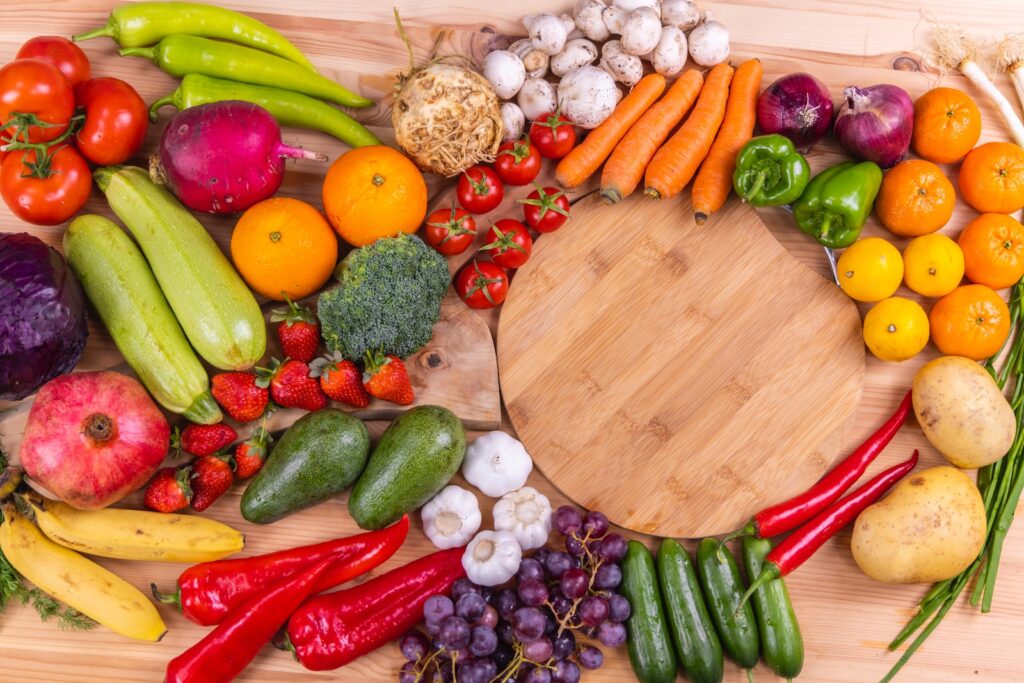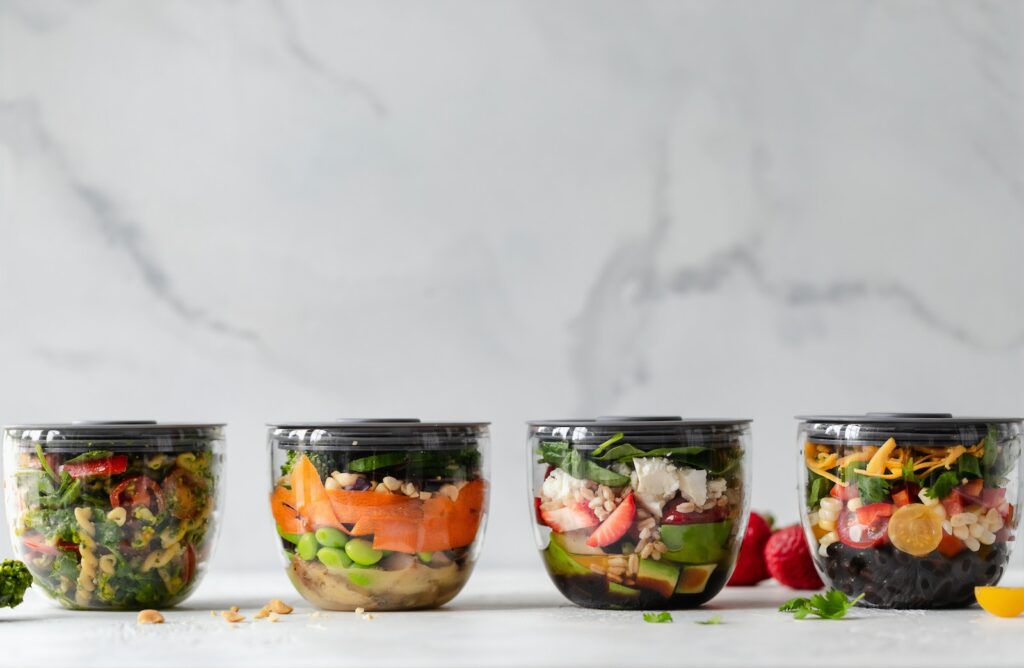Hey there, eco-warriors! As you stroll through the aisles of your local grocery stores or browse through farmers’ markets, have you ever wondered what fruit is in season right now? Nature has a beautiful way of offering us an array of fresh, colorful, and delicious produce each season, and eating seasonal fruits and vegetables is not only a culinary delight but also an ethical and sustainable choice. In this article, we’ll explore the benefits of consuming fruits and vegetables in season, how to find what’s local and fresh, and why this simple shift in our eating habits can make a big difference for our planet.
Why Eat Seasonal Fruits and Vegetables?
Before we dive into discovering what fruits and vegetables are in season right now, let’s understand why eating seasonal produce is so vital for the health of our environment and ourselves.
Reducing the Carbon Footprint:
When you choose to consume fruits and vegetables in season, you are supporting local farmers who grow produce nearby. This means shorter transportation distances, reduced emissions, and a smaller carbon footprint. By opting for produce that hasn’t traveled halfway around the world, you’re lowering the environmental impact of your food choices.
Supporting Local Communities:
Seasonal eating also promotes local economic growth. When you buy locally, your money stays within the community, supporting farmers and businesses that rely on your patronage. It fosters a sense of connection between consumers and producers, bringing you closer to the origins of your food.
Nutrient-Rich and Tasty:
Seasonal fruits and vegetables are harvested at their peak ripeness, ensuring optimal taste and nutritional value. The longer produce spends in transit or storage, the more nutrients it loses. Eating freshly harvested, seasonal produce means you get the maximum health benefits.
What Fruits and Vegetables Are in Season Right Now?
So how exactly do you determine what fruit is in season right now and which vegetables are at their prime? The answer may vary depending on your location (see below for more on this), but here’s a general guide for each month with at least nine options:
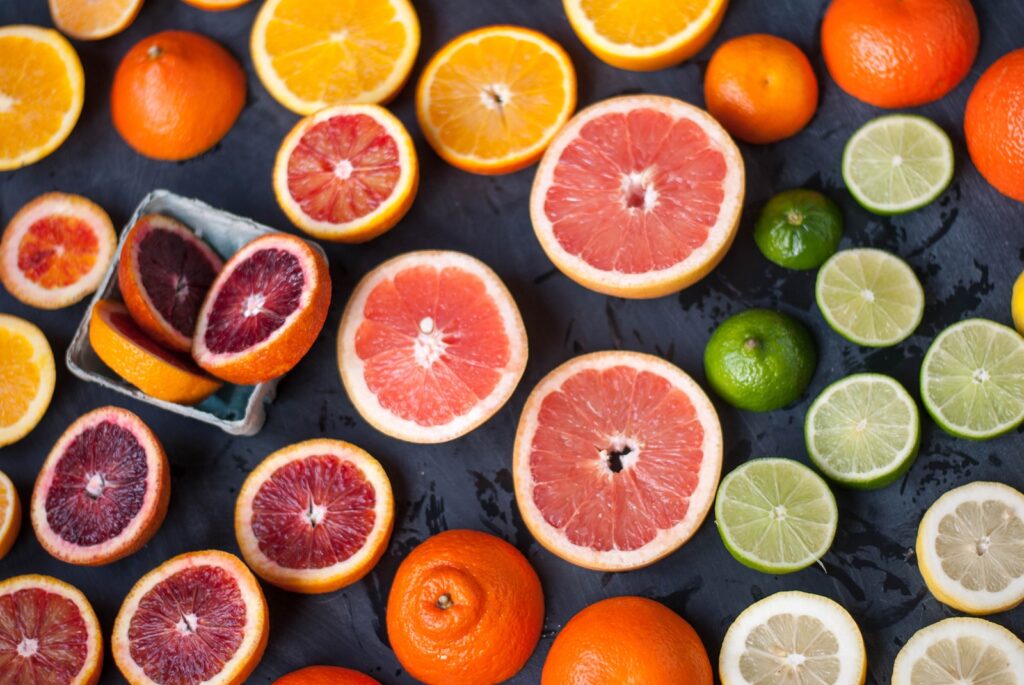
JANUARY: Citrus fruits like oranges, grapefruits, and lemons are at their peak, along with hearty winter vegetables like kale, Brussels sprouts, and winter squash. Additionally, you can enjoy the freshness of beets, turnips, cauliflower, cabbage, celery, and potatoes during this chilly month.
FEBRUARY: Continue enjoying citrus fruits, and add passion fruits, kiwis, and pomegranates to your plate. Root vegetables like beets and turnips are also abundant as are broccoli, carrots, parsnips, rutabagas, and leeks.
MARCH: As we transition to spring, look out for strawberries, pineapples, and mangos. Spring greens like spinach and asparagus are fantastic choices. In addition, this is the perfect time to enjoy fresh peas, artichokes, fennel, lettuce, radishes, and Swiss chard.
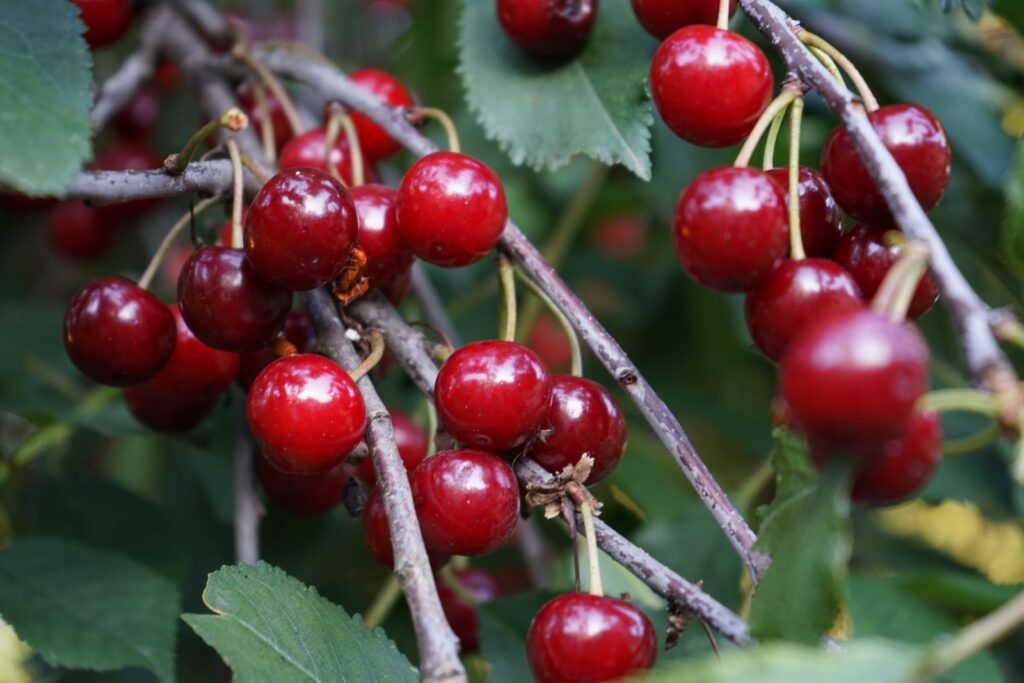
APRIL: Welcome the arrival of cherries, apricots, and rhubarb while enjoying fresh peas, artichokes, and fennel. The spring feast continues with sweet strawberries, blueberries, and blackberries, and the season’s best vegetables include broccoli, carrots, radishes, and snap peas.
MAY: Indulge in sweet strawberries, blueberries, and blackberries. Snap peas, zucchinis, and tender carrots are also in season. This month offers an abundance of fresh produce, including asparagus, green beans, lettuce, potatoes, and sweet onions.
JUNE: Summer brings a cornucopia of fruits, including peaches, watermelons, and nectarines. It’s also a great time for cucumbers, bell peppers, and tomatoes. You can further enjoy the flavors of summer with fresh corn, eggplants, green beans, and summer squash.
JULY: Continue relishing the summery fruits like plums, cherries, and raspberries. Corn, green beans, and eggplants are plentiful. Additionally, July offers an array of fruits and veggies, such as cucumbers, bell peppers, tomatoes, summer squash, and watermelons.
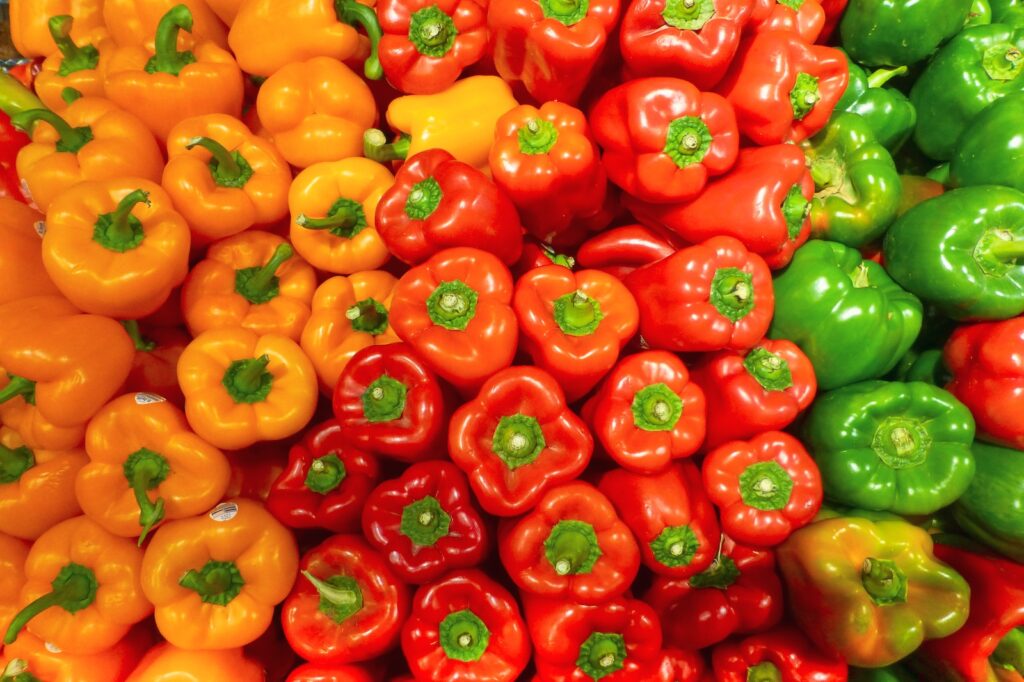
AUGUST: As summer reaches its peak, enjoy juicy melons, figs, and a variety of berries. Stock up on tomatoes, cucumbers, and colorful bell peppers. August also brings the delightful taste of cantaloupe, peaches, plums, eggplants, and green beans.
SEPTEMBER: Apples and pears begin to ripen, and grapes are abundant. Fall vegetables like pumpkins, butternut squash, and sweet potatoes start making an appearance. You can also enjoy the flavors of the new season with fresh beets, Brussels sprouts, and cauliflower.
OCTOBER: Embrace the autumn harvest with cranberries, persimmons, and quinces. Brussels sprouts, cauliflower, and turnips are at their best. As the weather cools down, you can indulge in seasonal delights such as apples, pears, pumpkins, sweet potatoes, and Swiss chard.
NOVEMBER: As the weather cools down, indulge in seasonal delights like pomegranates, citrus fruits, and dates. Kale, leeks, and radishes also shine during this month as do broccoli, Brussels sprouts, carrots, and turnips.
DECEMBER: Winter’s charm brings us festive fruits like cranberries and clementines. Delight in root vegetables such as carrots, parsnips, and rutabagas. Additionally, December offers beets, cabbage, kale, and winter squash.
How Do I Find What’s Local and Seasonal Near Me?
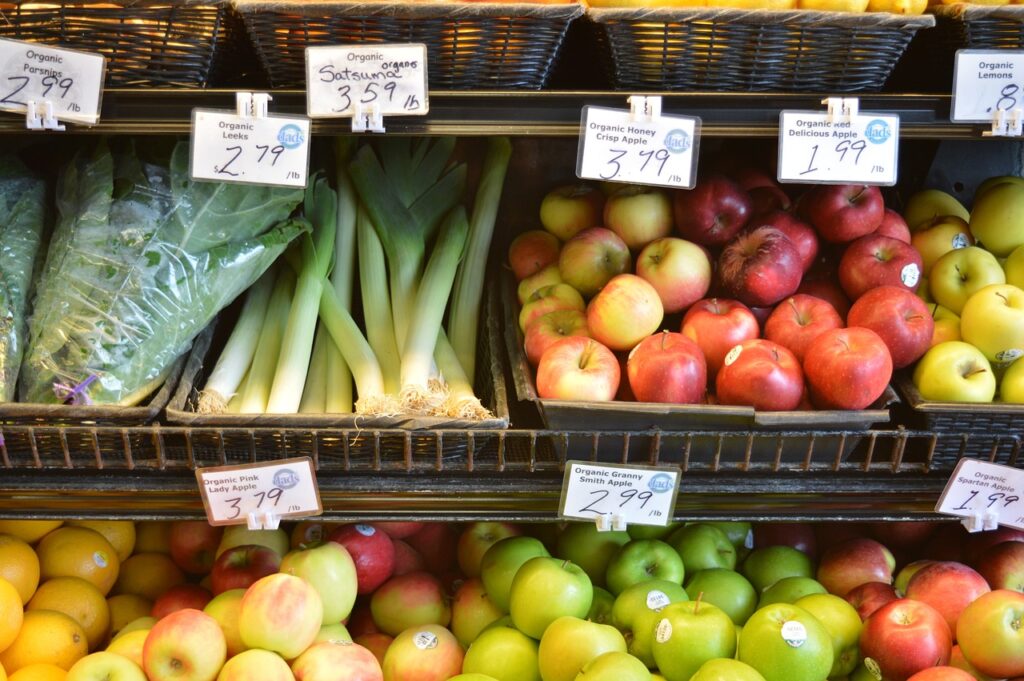
Now that we’ve got your taste buds tingling with all these seasonal delights, you must be eager to find out what’s available in your area. Luckily, uncovering the treasures of local and seasonal produce is easier than ever.
Check the USDA Site:
The United States Department of Agriculture (USDA) provides a fantastic resource called the “Seasonal Produce Guide.” This interactive tool allows you to explore what fruits and vegetables are available for every season.
Department of Food and Agriculture Sites:
Many states have their own Department of Food and Agriculture websites that offer detailed information about local farmers’ markets, seasonal produce calendars, and even farm-to-table events. These sites can be a goldmine for discovering the best places to find fresh, locally sourced fruits and veggies. Here are just a few:
Join Community-Supported Agriculture (CSA) Programs:
CSA programs connect consumers directly with local farmers, offering a weekly or monthly share of fresh produce. By becoming a member, you not only receive a variety of seasonal produce but also support small-scale farmers in your region.
By choosing local and seasonal produce, you reduce your carbon footprint, support local communities, and savor the most nutritious and delectable offerings that nature has to offer. So, the next time you find yourself packing lunches or strolling through the grocery store, pause for a moment and ask yourself, “What fruit is in season right now?” Your taste buds and the planet will thank you for embracing the ethical bliss of seasonal and local produce! Happy munching!
Related Posts:
Combatting Food Waste With App “Too Good to Go”
Misfits Market: Revolutionizing Sustainable Grocery Shopping
